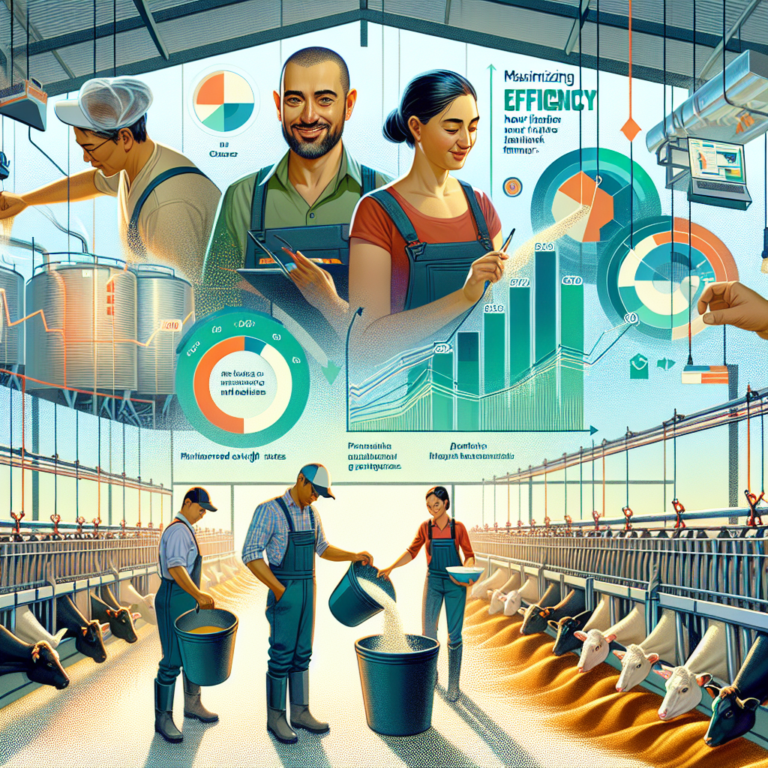Livestock farming is a demanding and labor-intensive industry that requires careful management to ensure the efficient production of meat, milk, and eggs. One key aspect of livestock farming that can greatly impact efficiency is the feeding of animals. Traditionally, farmers have relied on manual feeding techniques, which can be time-consuming and inefficient. However, with advancements in technology and research, new feeding techniques are emerging that can help farmers maximize efficiency and productivity.
One innovative feeding technique that is gaining popularity among livestock farmers is the use of automated feeding systems. These systems use sensors and computer software to monitor the feeding behavior and nutritional needs of animals, allowing for precise and customized feeding schedules. Automated feeding systems can also help reduce feed wastage and labor costs by delivering feed in accurate portions at the right times.
Another feeding technique that is being increasingly adopted by livestock farmers is the use of precision feeding. Precision feeding involves using precise measurements and formulas to tailor the diet of each individual animal based on factors such as age, weight, and production goals. By providing animals with the right nutrients in the right amounts, farmers can optimize growth rates, milk production, and overall health.
Furthermore, incorporating feed additives into livestock diets can also help improve efficiency. Feed additives such as enzymes, probiotics, and prebiotics can enhance digestion, nutrient absorption, and overall animal health. By supplementing animal diets with these additives, farmers can improve feed efficiency and reduce the occurrence of diseases and digestive issues.
In addition to new feeding techniques, farmers can also maximize efficiency by implementing good management practices. This includes proper feed storage to prevent spoilage, regular monitoring of feed quality and consumption, and maintaining clean and well-managed feeding areas. By paying attention to these details, farmers can ensure that animals are receiving the nutrition they need to thrive and grow efficiently.
Overall, by embracing new feeding techniques and incorporating technology and research into their practices, livestock farmers can maximize efficiency and productivity in their operations. From automated feeding systems to precision feeding and feed additives, there are a variety of tools and techniques available to help farmers optimize their feeding practices. By carefully considering the needs of their animals and implementing these strategies, farmers can improve their bottom line and ensure the well-being of their livestock.
